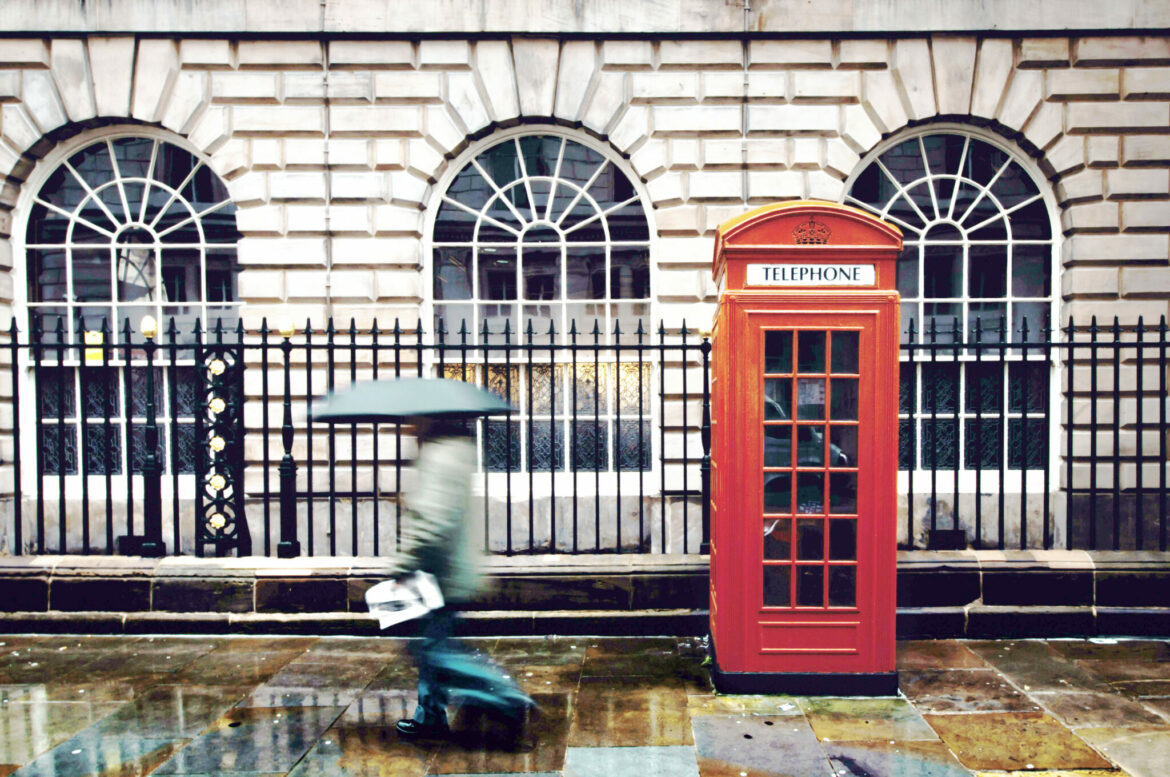About Wren Library
The Wren Library, located in Cambridge, is a notable institution known for its architectural significance and impressive collection of rare books and manuscripts. Designed by Sir Christopher Wren in the late 17th century, the library features a beautiful interior with intricate woodwork and intricate ceiling details. The library houses a diverse range of materials, including rare medieval manuscripts, early printed books, and notable literary works. Scholars and researchers from around the world visit the Wren Library to access its unique resources and conduct academic research. Overall, the Wren Library serves as an important cultural and educational asset within the academic community.
Interesting facts about Wren Library
- The Wren Library is located at Trinity College in Cambridge, England.
- It was designed by renowned architect Sir Christopher Wren in the 17th century.
- The library houses over 1 million books and manuscripts, including some rare and valuable items.
- One of its most famous holdings is the manuscript of A. A. Milne's "Winnie-the-Pooh" stories.
- The building itself is a masterpiece of classical architecture, with a stunning interior featuring intricate woodwork and a beautiful painted ceiling.
- Visitors can view a collection of historic globes dating back to the 17th century in the library.
- The library is open to the public for guided tours and research purposes, although some items are restricted for viewing.
- It is considered one of the most beautiful libraries in the world and is a popular tourist attraction in Cambridge.
- The Wren Library also hosts special exhibitions and events throughout the year, showcasing its diverse collections.
- It is named after Sir Christopher Wren, who is best known for designing St. Paul's Cathedral in London.
Frequently asked questions about Wren Library
1. Where is the Wren Library located?
The Wren Library is located in Trinity College, Cambridge, UK.
2. When was the Wren Library constructed?
The Wren Library was completed in 1695.
3. Who designed the Wren Library?
The Wren Library was designed by the renowned architect Sir Christopher Wren.
4. What is the architectural style of the Wren Library?
The Wren Library is built in the Baroque architectural style.
5. What is the primary function of the Wren Library?
The Wren Library serves as the official library of Trinity College and houses a significant collection of rare books and manuscripts.
6. Is the Wren Library open to the public?
Yes, the Wren Library is open to the public for visiting and research purposes.
7. What are some of the notable items in the Wren Library's collection?
The Wren Library houses original works by famous authors such as Newton, Byron, and Tennyson, as well as ancient manuscripts and early printed books.
8. Can visitors access the Wren Library's online catalog?
Yes, visitors can access the Wren Library's online catalog to explore its collection remotely.
9. Are there any restrictions on photography inside the Wren Library?
Photography is generally not allowed inside the Wren Library to preserve the condition of the rare materials.
10. Can visitors attend special exhibitions or events at the Wren Library?
Yes, the Wren Library occasionally hosts special exhibitions and events that are open to the public.
What people love about Wren Library
I had the opportunity to visit Wren Library recently and found it to be quite impressive. The architecture was stunning and the collection of rare books and manuscripts was truly fascinating. The quiet atmosphere of the library made it a peaceful place to spend some time exploring. I was particularly drawn to the beautiful reading room with its high ceilings and elegant furnishings. Overall, my visit to Wren Library was quite enjoyable and I would highly recommend it to anyone interested in history and literature.
How to get to Wren Library
To get to the Wren Library at Trinity College in Cambridge, UK, you have several options depending on your starting point:
1. **From Cambridge Train Station**: The Wren Library is approximately a 20-minute walk from the train station. Simply exit the station and head east on Station Road. Continue straight onto Hills Road and then turn left onto Trinity Street. Trinity College will be on your right.
2. **By Bus**: There are several bus routes that stop near Trinity College. You can check the local bus schedule and find a route that gets you closest to Trinity College. Once you reach the college, follow the signs to the Wren Library within the grounds.
3. **Driving**: If you are driving to Trinity College, you can use GPS to navigate to Trinity Street, where you will find the college entrance. Note that parking in Cambridge can be challenging, so it's recommended to use public transportation if possible.
4. **Walking or Cycling**: If you are already in Cambridge city center, walking or cycling to Trinity College is a great option. The city is pedestrian and bike-friendly, and you can enjoy the picturesque walk through the historic streets to reach the library.
Once you arrive at Trinity College, ask for directions to the Wren Library at the main entrance or visitor center. The library is located within the college grounds, and signs should also guide you to the specific building.
When to visit
The best time of year to visit the Wren Library at the University of Cambridge is typically during the spring or summer months. This is when the weather in Cambridge is mild and pleasant, making it ideal for exploring the university grounds and enjoying the beautiful architecture of the library. Additionally, visiting during the academic term when the university is in session can offer opportunities to attend special events or lectures hosted at the library. It's always a good idea to check the library's schedule and any potential closures before planning your visit.
Table of Contents

